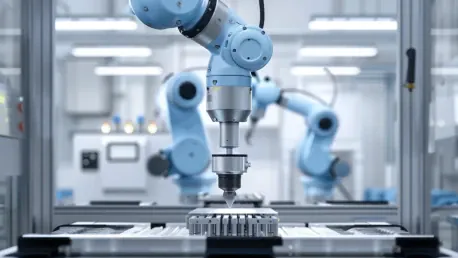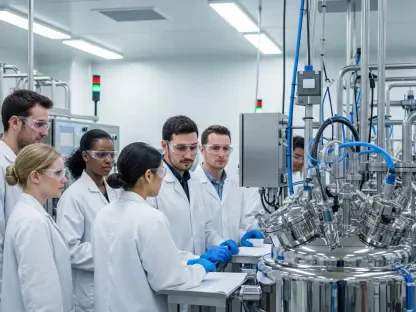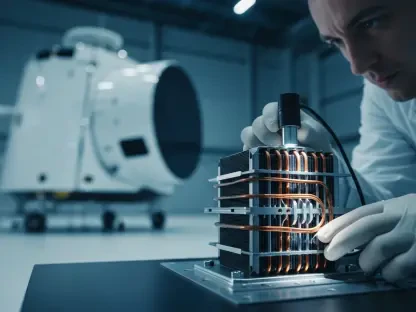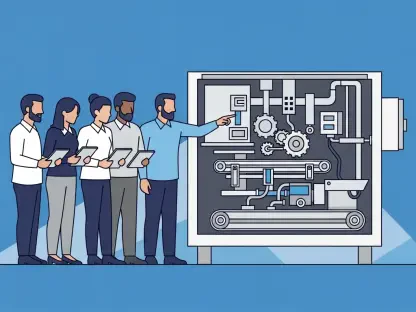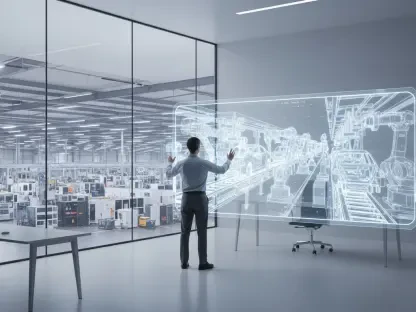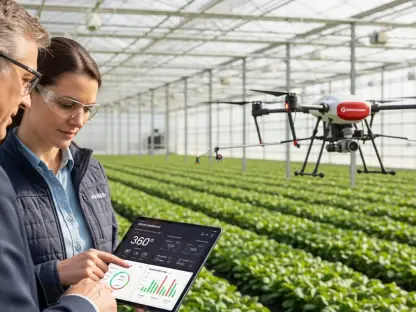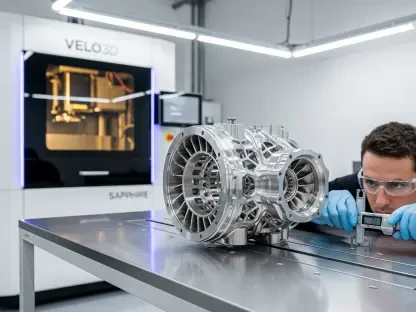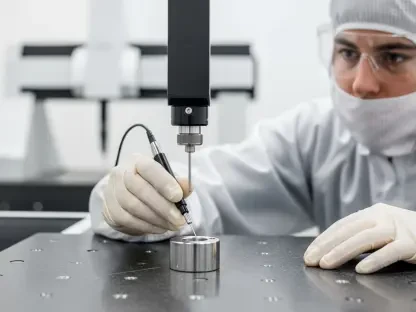The global Artificial Intelligence (AI) robots market is poised for significant expansion in the coming years. With an estimated growth from USD 14.30 billion in 2023 to USD 124.26 billion by 2034, the market is influenced by technological advancements, increasing market demands, and diverse regional developments. This article delves into the factors driving this remarkable growth, the segmentation of the market, and the critical regional insights that underscore the market’s trajectory.
Market Size and Growth Projections
The forecasted growth of the global AI robots market paints a promising picture. From a base of USD 14.30 billion in 2023, a compound annual growth rate (CAGR) of 21.9% is expected to propel the market to USD 124.26 billion by 2034. Such an impressive rate highlights the increasing adoption of AI technologies across various sectors. This surge is predominantly driven by the capabilities of AI to enhance efficiencies and enable robots to perform more sophisticated tasks.
North America stands as a significant contributor, predicted to account for USD 5.66 billion by 2024. This region’s dominance is attributed to early adoption, substantial investments in research and development, and supportive government policies. The evolution of AI functionalities in robots fundamentally changes industrial operations and extends into various sectors such as healthcare, defense, and household applications.
Technological Integration in Robotics
The integration of AI technologies in robotics is reshaping industries. From basic manufacturing tasks to complex surgical procedures, AI robots are now capable of performing a broader range of activities. This technological infusion is evident across sectors including healthcare, with AI-assisted surgeries and patient care services becoming increasingly common.
In industrial automation, AI robots augment productivity while minimizing human error and improving accuracy. Fields such as space exploration and defense also benefit immensely, with AI robots deployed for tasks ranging from extraterrestrial exploration to strategic defense operations. Domestic applications, like household cleaning robots, also reflect the far-reaching implications of AI integration.
Regional Insights and Contributions
Regional dynamics play a crucial role in the growth of the AI robots market. North America, led by the United States, exhibits a robust market presence driven by research investments and technological innovations. With a market value set to reach USD 31.60 billion by 2033, North America leverages AI technologies for public safety, transportation, and various other sectors.
Conversely, the Asia-Pacific region is the fastest-growing market, led by countries like Japan, China, and India. Rapid industrialization and a pressing need for productivity enhancement fuel this growth. The region’s industrial sector, particularly in manufacturing and assembly operations, increasingly adopts AI robots, aiming to boost efficiency and reduce operational costs.
Offering Analysis: Hardware, Software, and Services
The AI robots market is pivotally segmented by offerings: hardware, software, and services. In 2023, services dominated the market, reflecting the demand for maintenance, operational support, and training. However, the hardware segment is set for rapid expansion, driven by innovations in AI-specific components such as GPUs, TPUs, and specialized chips.
Advanced hardware solutions enhance robots’ performance, opening new possibilities in automation and AI applications. Software developments, including machine learning algorithms and AI frameworks, further advance the functionality and versatility of AI robots, enabling them to perform complex tasks more efficiently and accurately.
Robot Type Segmentation: Industrial vs. Service Robots
Industrial robots currently dominate the AI robots market, capturing a significant revenue share due to their extensive use in manufacturing and automation. These robots boost productivity and precision in operations such as welding and assembly, reducing human error and optimizing workflows.
Service robots, on the other hand, are rapidly gaining traction. These robots find applications in healthcare, retail, logistics, and hospitality, where they enhance service delivery, improve customer experience, and streamline operations. The growing demand for service robots in these sectors is driven by their ability to perform diversified and complex tasks with high efficiency.
Leading Technologies: Machine Learning and Beyond
Machine learning emerges as the leading technology within the AI robots market. It fundamentally enhances the functionality of robots, enabling better predictability, learning capabilities, and improved operational efficiency. This segment includes various technologies such as computer vision, context awareness, and natural language processing.
Computer vision permits robots to interpret and understand visual data, enabling tasks like defect detection in manufacturing and assisting in autonomous navigation. Meanwhile, context-awareness and natural language processing allow robots to better interact with their environment and users, boosting their utility in service-oriented applications.
Deployment Modes: Cloud vs. On-Premises
The global Artificial Intelligence (AI) robots market is on the brink of substantial growth over the next decade. According to current estimates, the market is expected to surge from USD 14.30 billion in 2023 to an impressive USD 124.26 billion by 2034. This explosive growth is fueled by rapid technological advancements, escalating demands across various sectors, and significant developments in different regions.
Several factors contribute to this booming market. Advancements in AI technology, which make robots smarter and more efficient, play a crucial role. The increasing need for automation in industries such as manufacturing, healthcare, and logistics further propels market demand. Additionally, AI robots are finding applications in new areas like customer service and home assistance, broadening their market reach.
The market is also segmented into various categories, including hardware, software, and services, each experiencing its own unique growth patterns. On the regional front, North America and Asia-Pacific are leading the charge, driven by high investments in R&D and strong technological infrastructures. In contrast, regions like Europe and Latin America are catching up enthusiastically, yet at a slower pace.
In summary, the AI robots market is set for dramatic growth due to technological innovations, rising market demands, and notable regional contributions. This trajectory underscores a transformative era in which AI robots will become integral to numerous industries and day-to-day life.
